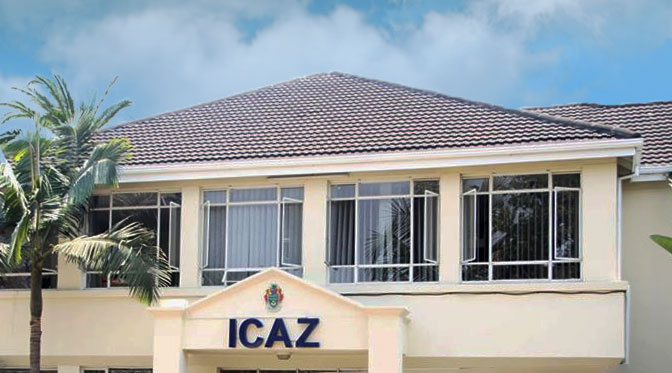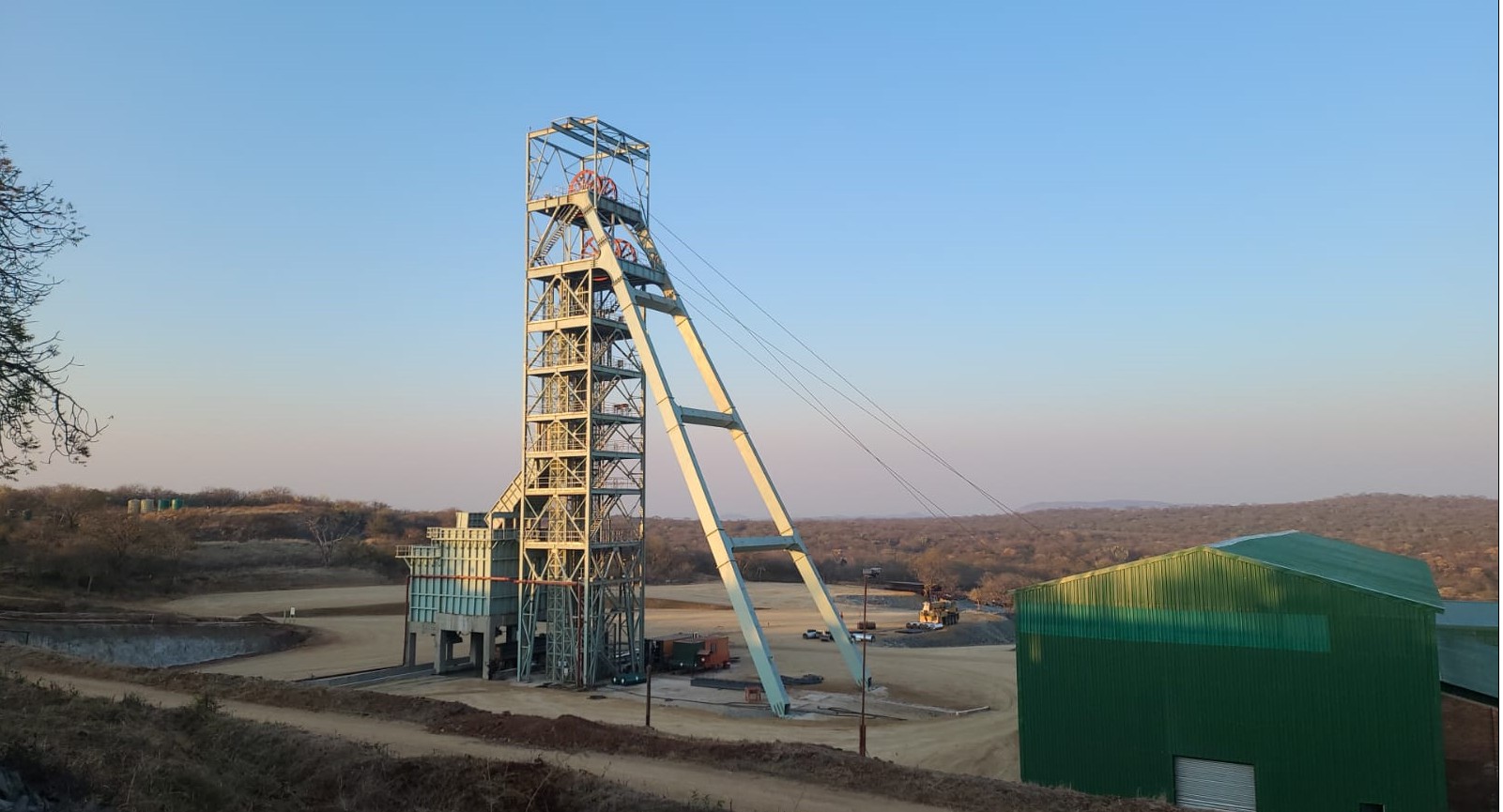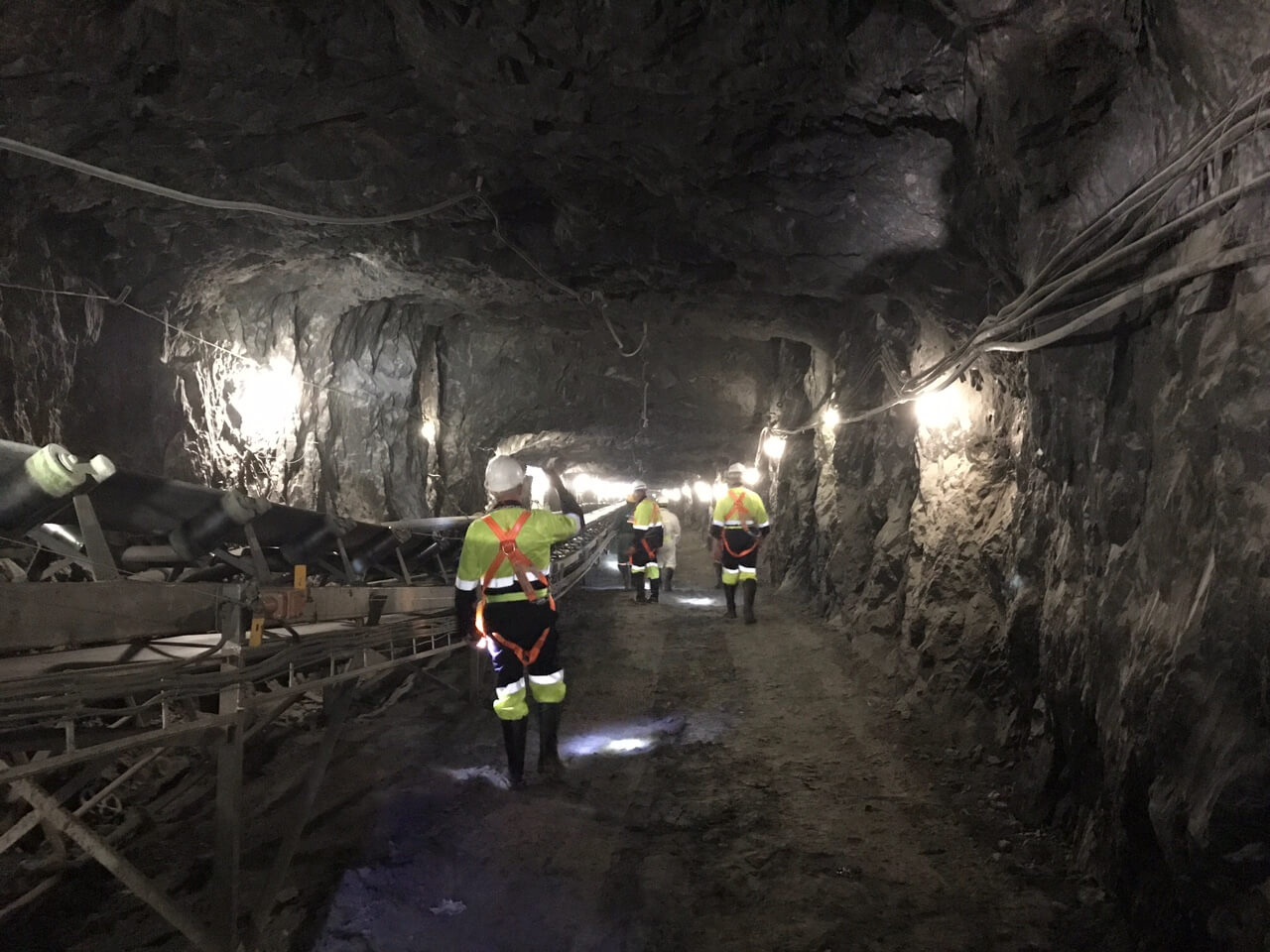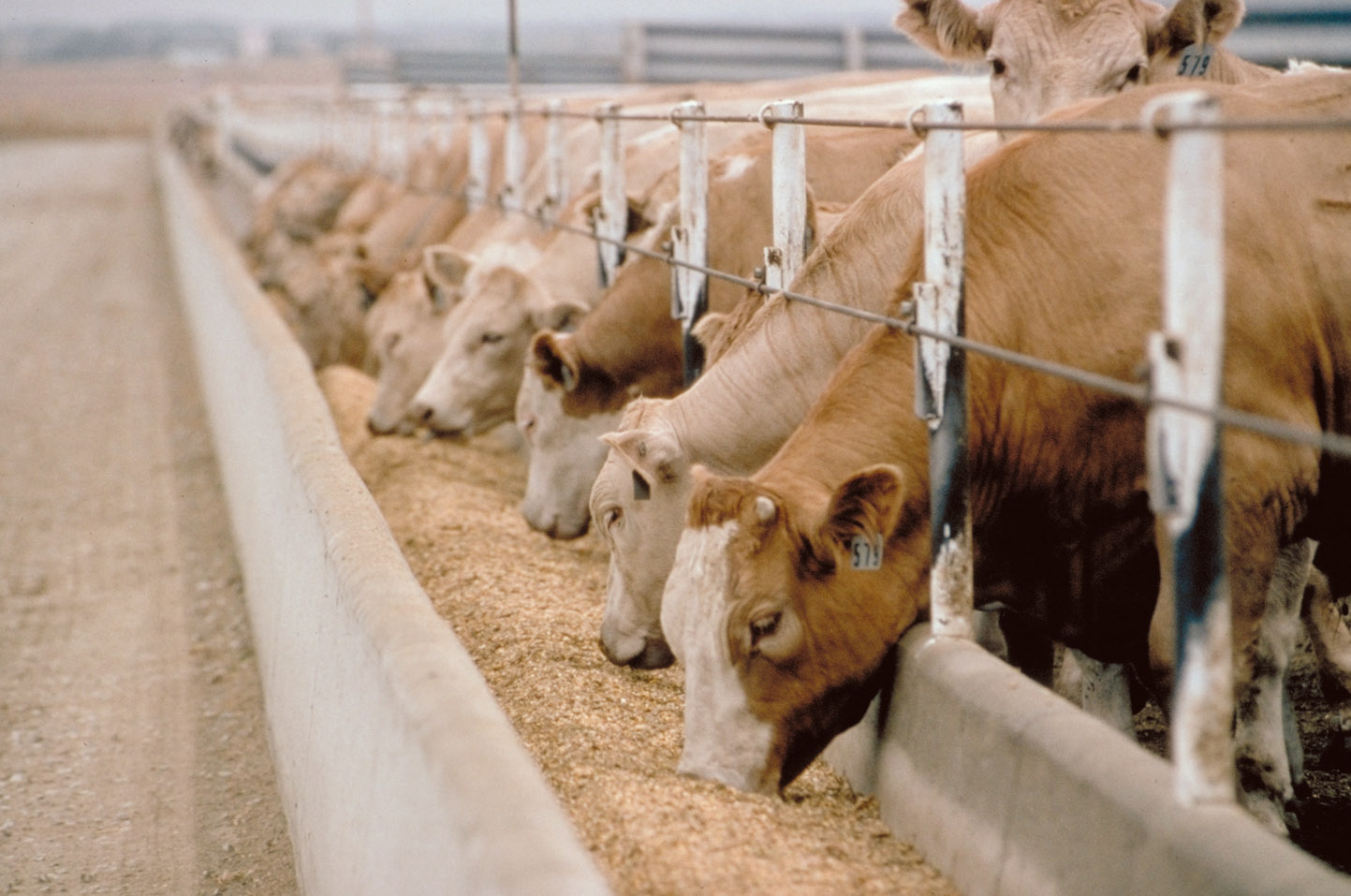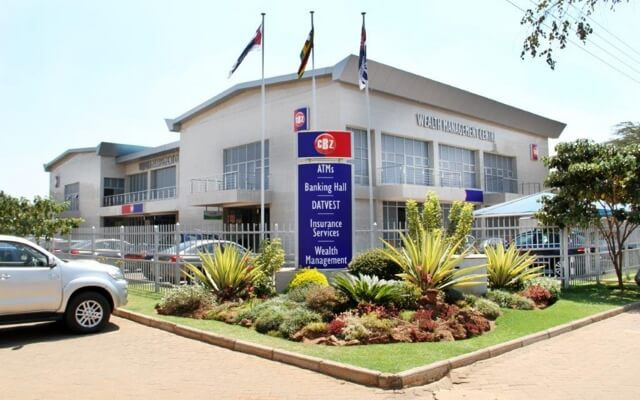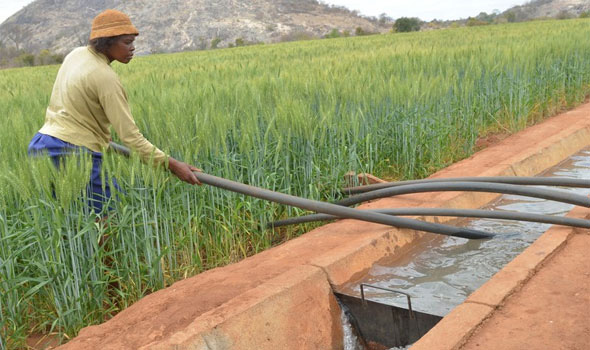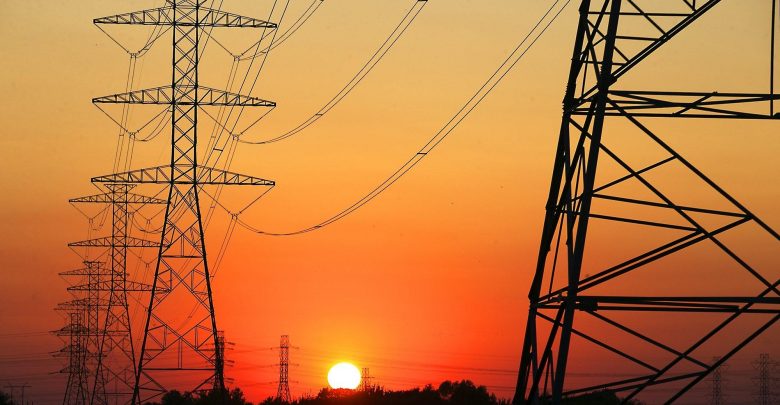80 percent of rural population has no access to electricity for productive use’
ABOUT 80 percent of the country’s rural population has no electricity and energy for productive use, the Ministry of Energy and Power Development has said.
Speaking during the inaugural Rural Industrialisation Indaba at the Zimbabwe International Exhibition Centre (ZIEC) on Tuesday, Permanent Secretary in the Ministry, Engineer Gloria Magombo said Zimbabwe’s electrification rate is at 62 percent, with only about 20 percent of the rural population having access to electricity from both grid and off-grid systems.
Eng Magombo said energy access, particularly electricity, is crucial for driving rural industrialization as it empowers productive use of energy (PUE) and supports essential sectors like agriculture, mining, tourism and manufacturing.
“Reliable and affordable energy enables small-scale businesses, improves agricultural productivity, and fosters economic growth in rural areas. With the devolution agenda of the Second Republic and the mantra for leaving no one and no place behind, energy access in the rural areas is a necessity for Zimbabwe and not an option to ponder about,” said Eng Magombo.
She said the country’s main sources of energy for productive use include biomass, petroleum, coal, and electricity from conventional sources (coal and large hydropower), renewable sources like solar (grid and off-grid), and small hydropower (on-grid and off-grid).
“The country’s electricity supply status has a peak demand of about 1800MW and a local supply of about 1400MW and imports up to 100MW from the region. This leaves a supply gap of around 300MW plus the unserved demand from the unserved 38 percent of the country’s population. This supply gap presents an opportunity for private sector participation both rural and urban areas to produce energy from the abundant natural energy resources in this country,” said Eng Magombo.
She said to address the challenge, Government has taken a whole-of-government approach to ensure collaboration by all at all stages of the economy to ensure energy efficiency and acceleration of energy access by 2030; Towards an empowered Upper Middle-Income Economy by 2030.
She highlighted a number of initiatives the Government is taking to energise the rural industrialization programme and these include Rural Electrification programme which include solar, grid and biogas subsidies, grid extension projects such as solar mini grid and micro grids, institutional and domestic biogas digester programme, partnerships with development partners.
There is also private sector participation and net metering initiatives. -chronicle


